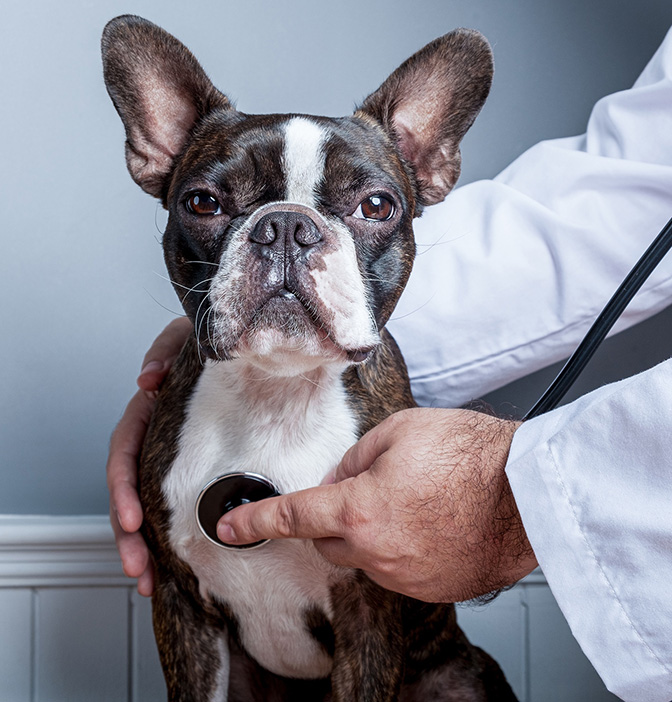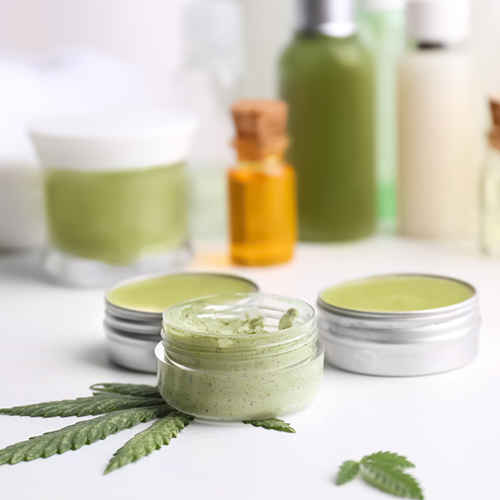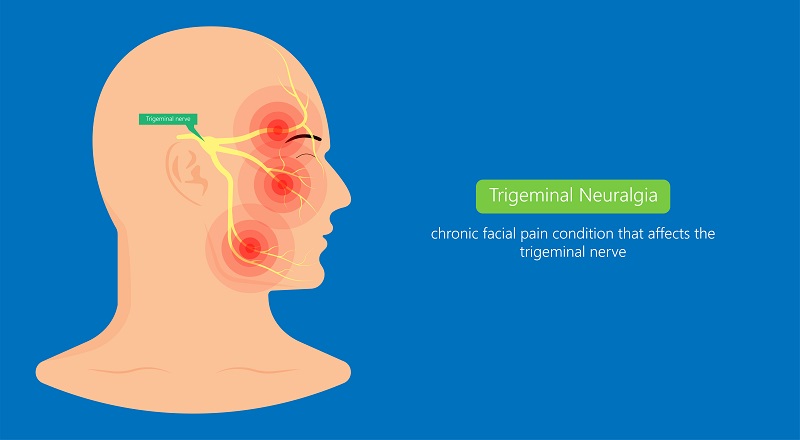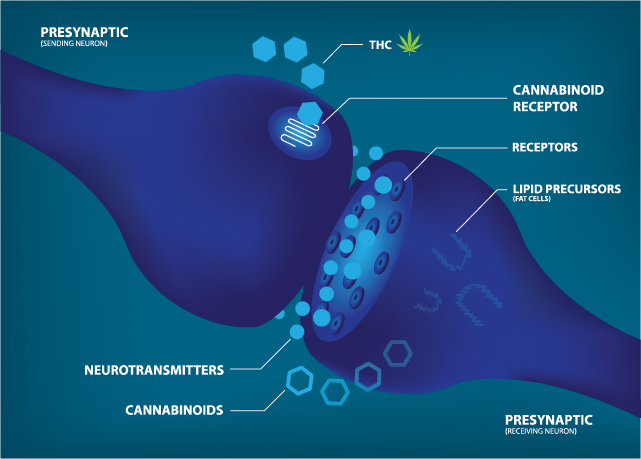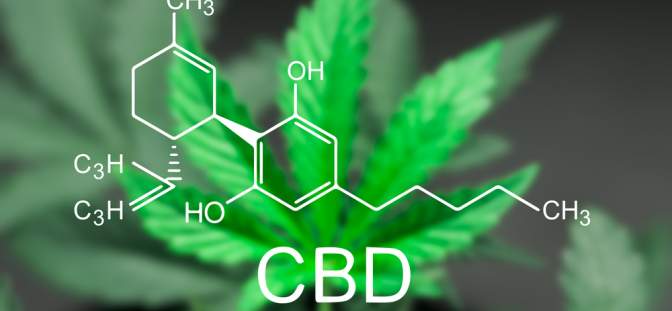Here’s Everything You Need to Know About CBD Bioavailability
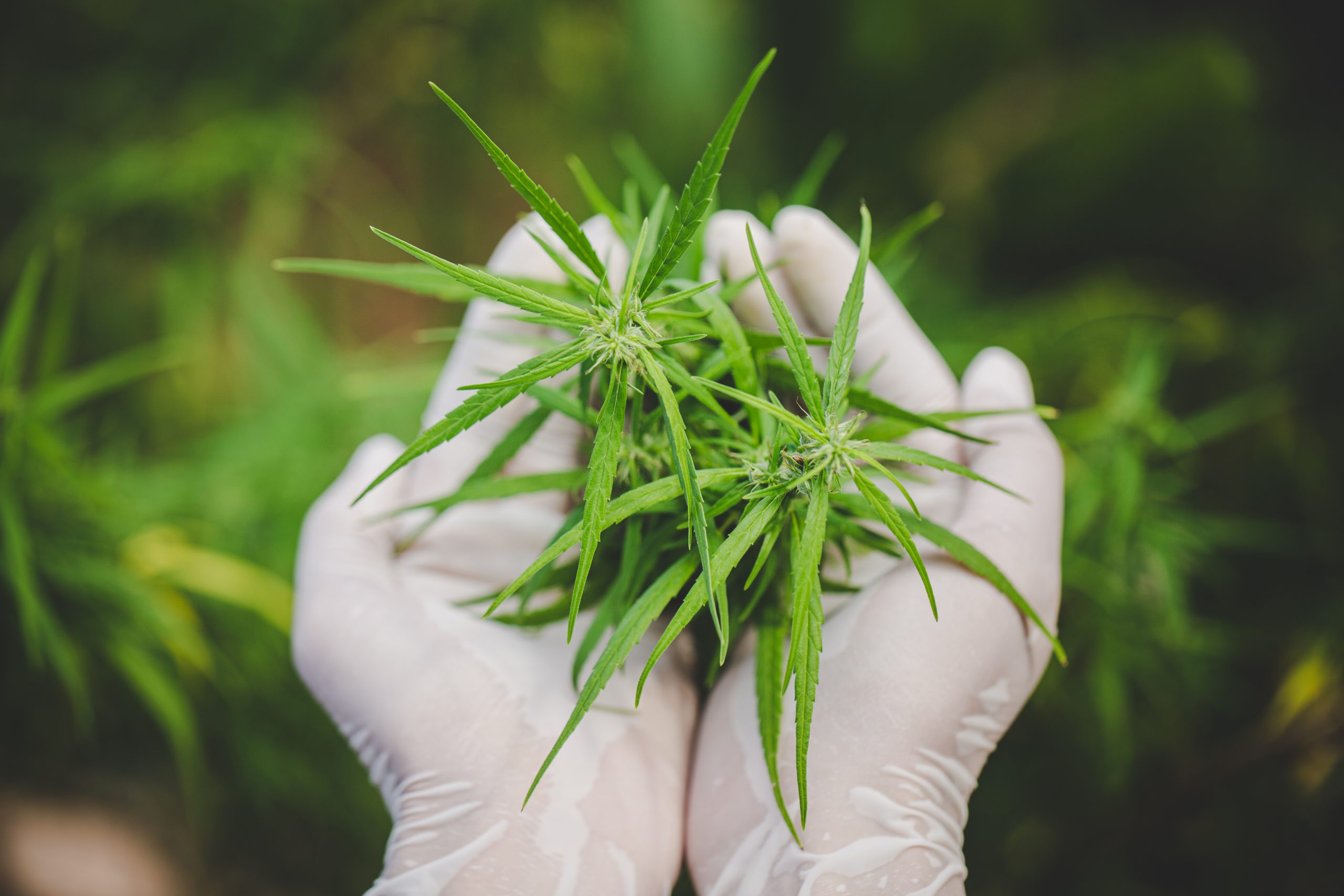
CBD is the acronym for cannabidiol, the chemical compound occurring naturally in cannabis plants, such as hemp and marijuana. The substance is one of the two main ingredients present in the cannabis plant, the second one being tetrahydrocannabinol (THC). Unlike THC, which is known to create the “high” effect, CBD is a non-psychotic substance. While the consumption of recreational marijuana is still considered a taboo and a criminal offense in many parts of the world, some states in the US have legalized it.
Also, after the Farm Bill 2018 was passed, cannabinoids (CBD) extracted from hemp plants and containing an amount of THC that’s below 0.3 percent, is legalized in the United States. In fact, all fifty states in the US have legalized the use of CBD as a supplement.
Since the decriminalization and legalization efforts materialized in the United States, the use of CBD and CBD-infused products have been on the rise. In fact, the country has seen the emergence of a sprawling CBD market that’s worth billion dollars. It’s quite a feat, given how stigmatized people consuming it were once upon a time. As the market emerges, people using CBD wish to get the best-of-best products to reap various benefits, such as treating anxiety, sleep disorders, skin issues, and many more. This has raised questions about CBD bioavailability, which we are going to discuss in this article.
What is CBD bioavailability?
Have you ever wondered why many vitamin tablets, medications, and health supplements are taken with meals? Medical practitioners prescribe the consumption of such medications this way because the chemicals and ingredients present in them are better absorbed by the body when taken with a meal. To put it differently, the meal increases the bioavailability of the supplement or medication being taken.
The same idea applies to CBD bioavailability, which is the exact percentage of CBD being absorbed by the blood. CBD bioavailability certainly matters because the potency of the substance increases when it is absorbed directly into your bloodstream. Products that are not properly formulated for bioavailability fail to provide you with the fullest benefits because only a small portion of the desired ingredient or compound is absorbed and made available to the body. The main factors that determine CBD bioavailability are the kind of CBD product you consume and the manner in which you consume it.
Increasing the bioavailability of certain CBD products, and ultimately, their value, requires manufacturers to make CBD that’s water-soluble. If a CBD supplement or medication does not dissolve in water, then the body won’t get enough quantity of it. This is because the human body is made primarily of water. If the compound does not dissolve well in water, then the body will have a tough time processing it and providing the intended benefits.
Processing of CBD by the body
Today, you can find CBD products in a wide array of forms. These include tinctures, balms, pain-relief sprays, facial creams, vapor, capsules, and more. Each of these forms of CBD products has its own benefits to offer, manufacturers of these products are seeking to increase their bioavailability so that consumers can get the maximum benefits. Here are some methods in which the human body processes CBD and derives the benefits of the compound:
- Edibles
Similar to any other medication that’s taken along with meals, CBD edibles also find the same usage. You can consume CBD in the form of food or swallow it like a capsule. When you do so, your body processes the compound in your digestive system; it passes through your stomach and then into your liver, where the metabolism takes place. After being metabolized, CBD is released into your bloodstream.
This is the reason why the bioavailability of CBD products like tinctures is higher than products like drinks, gummies, capsules, and soft gels. CBD tinctures are absorbed quickly in your bloodstream when swallowed. It is found that the bioavailability of CBD when ingested is somewhere between thirteen and nineteen percent. This means that swallowing about 20mg of CBD will lead to an absorption of about 3mg or less CBD in your bloodstream.
- Vapes
One of the fastest methods of ingesting CBD is vaping, which allows the compound to enter directly into your lungs. This is where the compound is absorbed readily into your bloodstream. It is seen that vaporizing CBD has a bioavailability of ten to sixty percent, which is enormously high. This is the reason why CBD vapes are used by people to manage stress and mood, as well as boost their sleep.
However, it is important to know the exact temperature at which vaporization proves effective. If you overheat, vape juices have a chance of converting the therapeutic and safe compounds into hazardous benzenes.
- Oil drops
You can consume CBD oil in the form of drops, which are placed under the tongue. You need to hold the oil for sixty to ninety seconds under your tongue, after which your mouth’s mucous membranes absorb it.
This method of ingesting CBD helps you to bypass the liver and your digestive system; instead, the compound is metabolized by your enzymes. The CBD lands up in your bloodstream more quickly when you consume it sublingually, thereby having a bioavailability that’s more than the edible forms. However, the bioavailability of CBD drops is less than that of vaporized CBD.
- Topicals
Today, there’s a huge market for CBD topicals, especially in the beauty and skincare sector. From facial serums and facial creams to pain relief roll-ons and recovery lotions to body oils and glow oils, there is a host of CBD-based products that can be used topically. There are also eye serums and sleeping masks that you can try. It’s, however, important to note that the topical use of CBD products does not cause the compound to reach your bloodstream.
Instead, it is absorbed by the pores on your skin and is transferred down to your dermis (inner layers of your skin). There are TRPV1 and CB2 receptors in your periphery system and your skin, as compared to CB1 receptors, which are mostly in your central nervous system. The permeability of your skin to CBD is kind of low, but some absorption certainly takes place when you apply topical CBD products liberally on your skin. As such, these products prove effective in alleviating discomfort in certain sites.
How to increase the bioavailability of CBD?
The above were some of the forms in which CBD products are available and how bioavailable they are. Now, let’s discuss some of other ways in which CBD bioavailability can be increased.
- Creating CBD-infused snacks
CBD bioavailability can be increased by making it available in the form of a snack that’s high in fat. CBD as a chemical compound is highly soluble in fat, meaning it easily dissolves in fatty oils. These fats and fatty oils are capable of breaking down large CBD molecules into smaller ones—something that makes the compound easily absorbable by your body. Some snack choices that work great here include almond butter, peanut butter, nuts, avocados, hemp hearts, and nuts. You can also dissolve CBD in hemp seed, olive, or coconut oils to make it easier for your body to absorb it.
- Using nanotechnology and emulsification
Today, nanotechnology is used to create new types of CBD products, which are essentially emulsified. The process of emulsification breaks down CBD molecules into small ones. In short, the process micronizes them. It is carried out using an oil or water-based product. The tinier and more dispersed the CBD molecules become, the more bioavailable CBD is. The reason behind this simple: smaller molecules pass through your body’s cell membranes more easily and finally reach your bloodstream more quickly as compared to bigger CBD molecules.
- Using supplemental herbs
It’s true that CBD, when consumed with a balanced diet, becomes more bioavailable. However, when consumed with some supplemental herbs, the compound’s bioavailability increases even more. One such herb is black pepper. It is rich in some notable compounds and terpenes and is considered extremely beneficial for your health.
Here are some excellent supplemental herbs that are seen to boost CBD bioavailability:
- Chamomile flowers: These are rich in apigenin, a compound that prevents CBD that’s produced naturally in your body from breaking down. It binds to an enzyme and is seen to reverse the effects of cancer cells. This compound is also found in celery, oregano, parsley, carob, and dark chocolate.
- Spicy peppers: This type of pepper is rich in a compound called capsaicin, which is similar to CBD in structure. It is seen to reverse, as well as kill cancer cells. Just like CBD, this compound is seen to act on TRPV1 receptors and prevent and treat movement disorders, such as dyskinesia and Parkinson’s disease.
- Piperine: This is an alkaloid that is seen to increase CBD bioavailability by acting against the metabolic effects of the liver. It is seen to be unique to turmeric and black pepper and works wonders. It is capable of killing cancer cells by acting like apigenin; it triggers apoptosis and reverses the effects of drug resistance of cancer cells.
- Using terpenes
Lastly, the bioavailability of CBD can be increased by using supplemental terpenes. These are essentially fatty oils that naturally occur in oils derived from almost all kinds of plants. The health benefits derived from them are similar to that of essential oils. Also, these compounds are seen to create flavors, fragrances, and aromas of herbs and fruits. It is interesting to note that terpenes make flowers of plants smell pleasant, and hence they are used for flavoring many edibles like mint candies, gummies, and drinks.
Just like all other plants, terpenes occur naturally in the hemp plant too. They are extracted along with CBD and other substances to formulate CBD products. All these compounds are seen to work together and increase the benefits of each other by a synergistic process called the ‘entourage effect’. As such, these compounds act beneficially when blended together. Increasing bioavailability is, therefore, one of the benefits that can be seen when they are working together.
Here are a few terpenes that are seen to increase CBD bioavailability:
- Limonene: This is an anti-cancer, anti-bacterial, and anti-inflammatory terpene found in lemons, lemongrass, and grapefruits. It regulates dopamine and serotonin levels in the brain, and therefore, proves effective in treating anxiety and mood disorders.
- Alpha-pinene: This terpene is seen to enhance alertness and memory, and possess anti-cancer properties. It is mostly found in sage, black pepper, coniferous trees, juniper, eucalyptus, and rosemary.
- Menthol: This terpene is seen to be rich in anti-bacterial properties. It increases transdermal bioavailability by breaking down cell membranes and making them more permeable to CBD. It is found in spearmint, peppermint, and eucalyptus. Many CBD tinctures and balms have menthol in the form of peppermint oil to boost CBD bioavailability.
- Myrcene: This terpene is an analgesic, anti-hypertensive, sedative, and anti-inflammatory. It is seen to lower blood pressure as it is fat that dissolves CBD. As such, it can boost the bioavailability of CBD by dissolving cell membranes. Lemongrass, hops, and mangoes are seen to be rich in this terpene.
- Beta-caryophyllene (BCP): This terpene has a woodsy scent and is high in CB2 agonist. It is found to be extremely useful in the treatment of depression, pain caused by inflammation, addiction—just like CBD. The terpene is commonly found in rosemary, lavender, and black pepper.
- Linalool: This terpene is a powerful anti-anxiety since it creates a tranquilizing effect owing to its being a glutamate antagonist. It boosts GABA signals to reduce anxiety and excitability. When used with CBD, it can have a sedative effect and improve your sleep. Lavender, bay leaf, coriander, and cinnamon are rich in this terpene.
Whether you use CBD to boost your mood and sleep, alleviate discomfort, or for any other reason, you have several ways to maximize CBD bioavailability and benefit from its effects. To make sure you are getting the best CBD product—whether it’s facial serums, facial creams, pain relief sprays, pain relief roll-ons, recovery lotions, body oils, or glow oils- you should always choose a brand that has been proven to provide the highest quality. Go for companies that extract CBD from organically cultivated hemp and conduct tests on their CBD products in third-party laboratories.
More articles:


